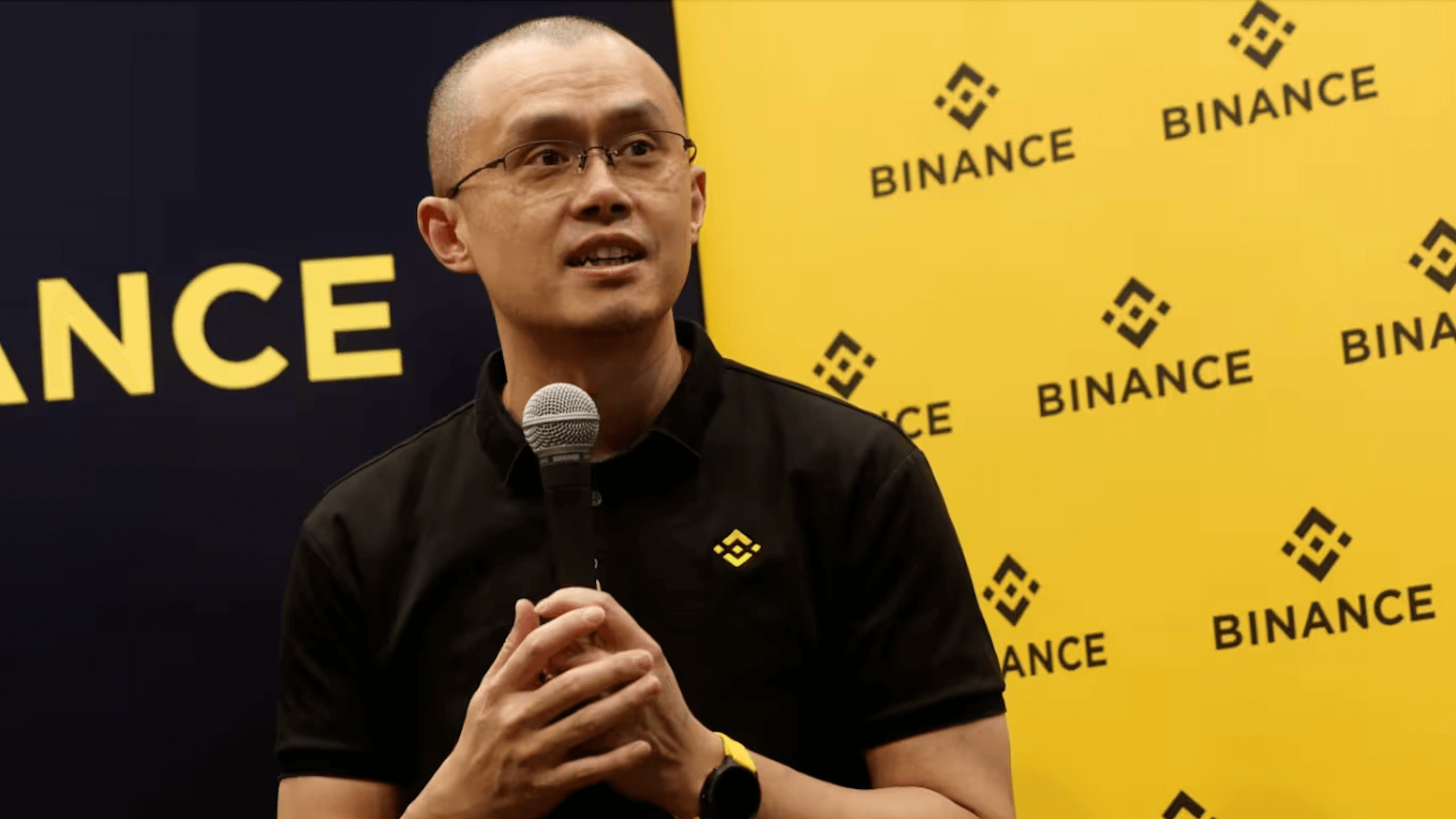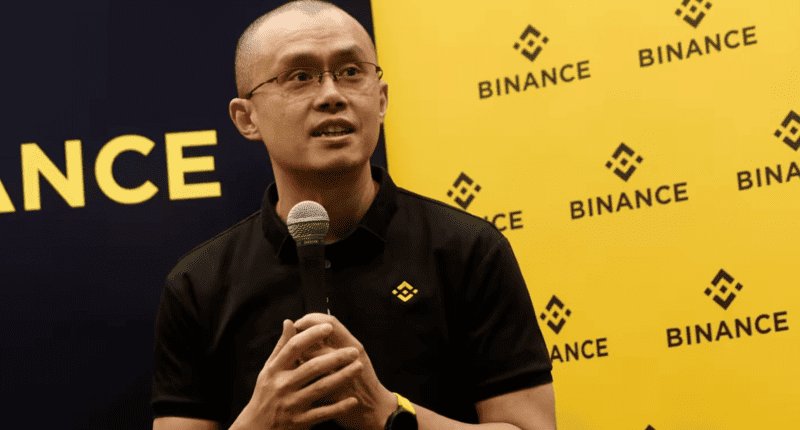Fast-fashion giant Shein is poised to deliver a record $2 billion in profit for 2025, signaling remarkable resilience amid rising trade barriers, mounting regulatory pressure, and intensifying competition in global e-commerce. The privately held Chinese-founded retailer — now headquartered in Singapore — continues to defy expectations, navigating geopolitical headwinds and economic uncertainty while maintaining its dominance over younger, price-conscious consumers worldwide.
Even as the United States tightens scrutiny and tariffs on Chinese-linked imports, Shein’s aggressive supply chain innovation and market diversification strategy appear to be cushioning the blow. For investors and competitors alike, the company’s latest trajectory raises a striking question: can Shein maintain its high-speed growth while under fire from nearly every major Western market?
A Profit Surge Despite Global Pressure
According to insiders familiar with Shein’s financial outlook, the company is on track to earn roughly $2 billion in net profit in 2025, driven by robust sales across Europe, Latin America, and emerging markets. Revenues are projected to exceed $50 billion, a milestone that would place Shein among the world’s top fashion retailers — rivaling industry leaders like Zara-owner Inditex and H&M.
These figures mark a sharp turnaround from earlier skepticism that Shein’s ultra-low-cost business model would crumble under rising tariffs and political backlash. Instead, Shein has evolved from a fast-fashion disruptor into a tech-powered global supply chain empire, combining predictive algorithms, hyper-responsive production cycles, and aggressive social media marketing to sustain profitability.
“Shein has proven it can pivot faster than the policy environment can penalize it,” said one industry analyst. “Its flexibility in sourcing, pricing, and logistics makes it incredibly difficult to slow down.”
Tariffs and Tensions: Navigating the U.S. Market
Shein’s biggest challenge remains its relationship with the United States, one of its largest markets. U.S. lawmakers have intensified scrutiny over the company’s trade practices, particularly its use of the “de minimis” loophole — a legal provision allowing low-value packages under $800 to enter the U.S. without tariffs or customs checks.
Shein has benefited enormously from this policy, shipping millions of small parcels directly to American consumers from warehouses in China and Southeast Asia. However, bipartisan efforts in Washington are now seeking to close that loophole, citing concerns over trade fairness, forced labor, and national security.
“The company’s reliance on de minimis is under real threat,” noted trade policy expert Caroline Hart. “If that exemption is removed, Shein will face significant cost increases — unless it can restructure its logistics.”
Anticipating such moves, Shein has already begun diversifying its supply chain beyond China, shifting manufacturing to Turkey, Brazil, and Vietnam while ramping up fulfillment centers in the U.S. and Europe. These adjustments aim to reduce exposure to U.S.-China tensions and to present Shein as a “global, not Chinese” brand — a narrative reinforced by its 2022 relocation of headquarters to Singapore.
The Global Expansion Playbook
Beyond the U.S., Shein is aggressively expanding in Europe, the Middle East, and Latin America, where regulatory pressures are comparatively lighter and consumer demand for affordable fashion remains strong.
In Brazil, Shein is investing over $250 million to build local manufacturing hubs and logistics infrastructure, aiming to produce a significant share of its regional inventory domestically. The company has also launched “Shein X”, a designer collaboration program empowering thousands of independent fashion creators — a move that helps localize its image and sidestep criticisms of exploitation.
In Europe, Shein has opened pop-up stores in cities like Paris, London, and Madrid, showcasing its ability to merge digital retail with physical experiences. The brand has also partnered with logistics companies in Poland and Germany to shorten delivery times and reduce carbon emissions — key to appealing to environmentally conscious European shoppers.
“Shein’s global footprint is becoming remarkably diversified,” said retail strategist Omar Abdullah. “It’s not just exporting from Asia anymore — it’s embedding itself in every region it operates.”
The Data-Driven Fashion Machine
At the core of Shein’s profitability lies its unmatched data-driven production system. The company’s proprietary algorithms analyze real-time consumer behavior — from social media trends to search data — to identify emerging fashion preferences within hours.
Shein’s suppliers, numbering in the thousands, are then instructed to produce tiny test batches of new designs, often fewer than 100 units. If a product gains traction online, production scales up instantly; if not, it’s discontinued just as quickly. This system minimizes unsold inventory — a major cost center for traditional retailers — and allows Shein to maintain profit margins above 15%, exceptional for the fast-fashion industry.
“It’s like Zara on steroids,” one industry insider remarked. “No one matches Shein’s speed from trend to production to delivery.”
However, critics argue that this ultra-fast production model fuels overconsumption and environmental harm, contributing to the global waste crisis. Shein has pledged to make sustainability a priority, launching recycling programs and investing in lower-impact materials. But skeptics remain unconvinced that a company built on ultra-cheap, high-volume sales can truly pivot to sustainable growth.
IPO Prospects and Investor Intrigue
Despite regulatory headwinds, Shein continues to attract investor attention as one of the most anticipated potential IPOs in recent years. The company has explored listing options in London and Singapore, after facing political resistance to a U.S. debut due to concerns over its Chinese origins and supply chain transparency.
Shein’s $2 billion profit forecast has reignited speculation that an IPO could be back on the table as early as late 2025, potentially valuing the company between $70 billion and $90 billion. Such a listing would mark one of the largest public offerings in the global retail sector in decades.
“Investors see Shein as a unicorn that keeps defying gravity,” said financial analyst James Porter. “But regulators are circling, and any misstep on transparency or compliance could derail its momentum.”
Balancing Growth, Regulation, and Reputation
While Shein’s success story reflects the power of speed and adaptability in modern retail, it also highlights the risks of scale in a politically fragmented world. The company’s ability to thrive in multiple regulatory environments — from Washington to Brussels to São Paulo — will determine its long-term sustainability.
At the same time, Shein faces growing public pressure to address allegations of labor violations, copyright infringement, and environmental impact. The company has pledged to strengthen auditing mechanisms and increase supplier transparency, but industry observers note that reputational risks could escalate if Shein fails to deliver measurable progress.
“Shein has mastered the economics of demand,” said cultural economist Mei-Ling Tan. “Now it must master the politics of trust.”
Conclusion: Profit Amid Pressure
Shein’s projected $2 billion profit for 2025 is a powerful statement — proof that the company’s AI-driven model and global diversification strategy can withstand even the fiercest political and economic storms. Yet it also underscores the paradox of modern globalization: a business born in China, headquartered in Singapore, manufacturing across continents, and selling primarily to the West.
Whether Shein can continue to thrive amid rising tariffs, ethical scrutiny, and regulatory walls will shape not only its future — but the future of fast fashion itself.
For now, the message is clear: Shein is not slowing down. Even in the face of headwinds, the brand’s model of speed, data, and digital dominance continues to rewrite the rules of global commerce — one viral outfit at a time.














